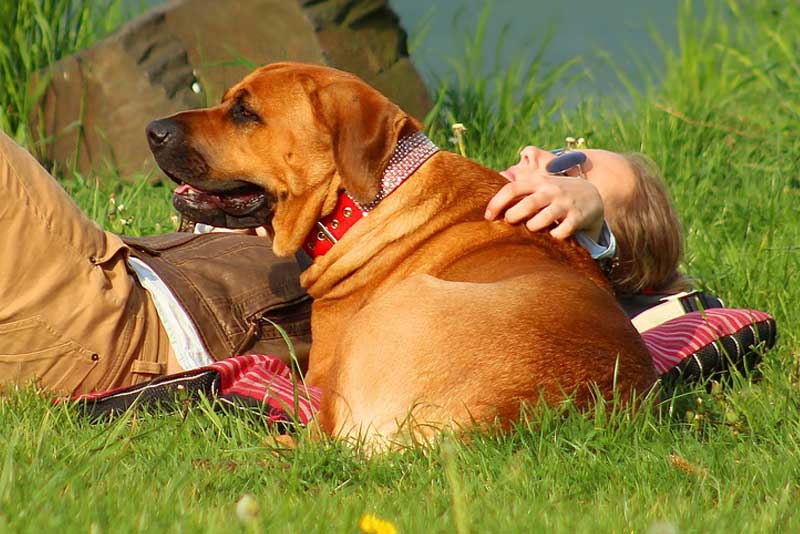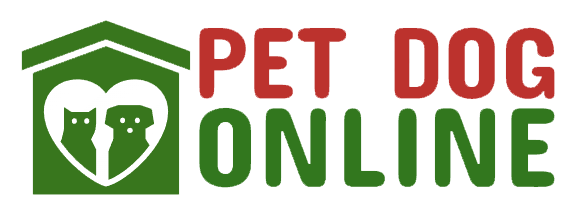
Dog Training : From Kujo To Lassie
The complaint list is long, torn fabrics, distressed mats, chewed furniture and messy bedrooms. This defines that you have a new member in your house: A dog. The companion you welcomed in your house to embrace becomes a reason for your worry and irritation if he is not trained properly and regularly from the time it is with you. Even Dogs are to be told the rules of living and the habituating to the decorum. Training your dog early is the best way to raise a happy, well-adjusted companion.
All dogs should be trained in the basics – to sit, stay, come, and walk on a lead without pulling. Proper training helps to make your dog sociable and obedient. A well-behaved dog also makes other people around you feel comfortable with your dog. You don’t have to be a drill sergeant to train your new companion, however training your dog takes time, love, and patience; not to mention oodles of praise. You need to be firm and consistent, but this is a time to bond with your canine companion. These are just the basics which will prepare you for teaching the basic and advanced commands and dealing with trouble behaviors.
You should train your puppy from the moment it is home and starts to house train. Puppies start learning from birth and good breeds begin handling and socialization right away. Some training can begin as soon as the puppy opens its eyes and walks. Young puppies have short attention spans but you can expect them to begin to learn simple obedience commands such as “sit,” “down,” and “stay,” as young as 7 to 8 weeks of age. Formal dog training should start at 6 months of age as the pup starts gaining the orders properly once it is acceptable to his senses. Small pieces of food or a favored toy can be used to motivate your puppy to perform most tasks. Provided the reward is sufficiently appealing, the puppy can be prompted to give the desired response by showing the puppy the reward, giving a command, and moving the reward to get the desired response. Proper food, toys and grooming your dog keeps him going and ready for the training schedules. Try to squeeze in a quick training session before mealtime. This creates a positive connection between obedience and rewards in the puppy’s mind. For example, food held up over the puppy’s nose and moved slowly backwards should get a ‘sit’ response; food drawn down to the floor should get a ‘down’ response; food brought back up should get a ‘stand’ response; food held out at a distance should get a ‘come’ response; and food held at your thigh as you walk should get the puppy to ‘heel or ‘follow’. By pairing a command phrase or word with each action, and giving the reward for each appropriate response, the puppy should soon learn the meaning of each command.

“If you keep repeating the command, the puppy will learn that several repetitions are acceptable before it needs to obey.”
Ideally, you should give the command phrase once and then use your food to move the puppy into positions. And don’t punish him for what seems like stubbornness. If you’re growing impatient with a dog that seems to be learning at a slower rate than you’d like, it’s probably time for both of you to take a break. Training sessions can be frequent, about three times a day, but should also be short in duration. Appreciate the positive Behavior instantly and regularly. Treats, belly rubs, a scratch behind the ears, and general cooing of approval sends the message that your dog has done something right. It’s in his nature to make you happy, so he’s sure to repeat behavior that yields a positive reaction from you.
Training classes for young puppies are also an excellent way to socialize your new puppy to a variety of people and dogs. Trainers can demonstrate techniques and help guide you through the steps in training. They can help advise you on puppy training problems and can help you advance your training to exercises that are more difficult. Finally, a training class is a good place to meet and talk to other new puppy owners and see how all puppies behave.
Ultimately your dog is your family; he understands Newton’s third law more than you do as he gives back more love and affection than you have on offer.





